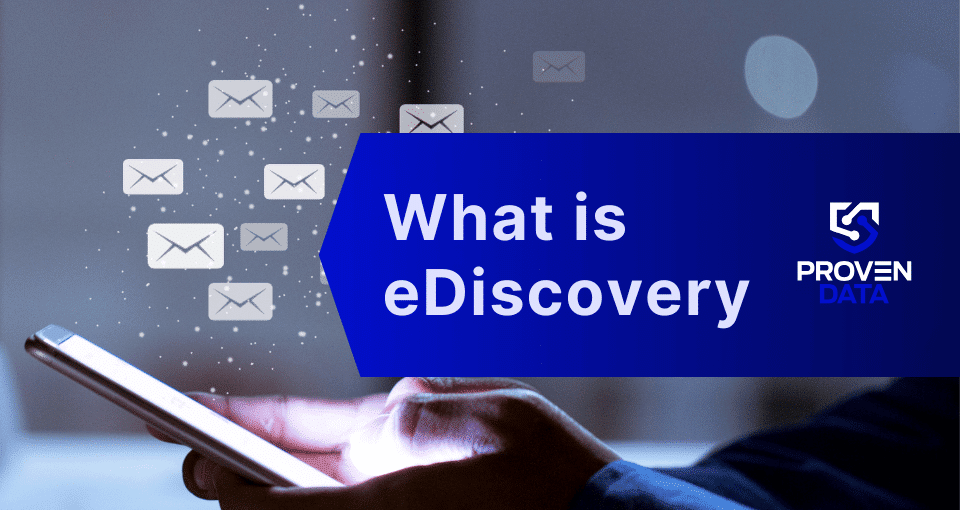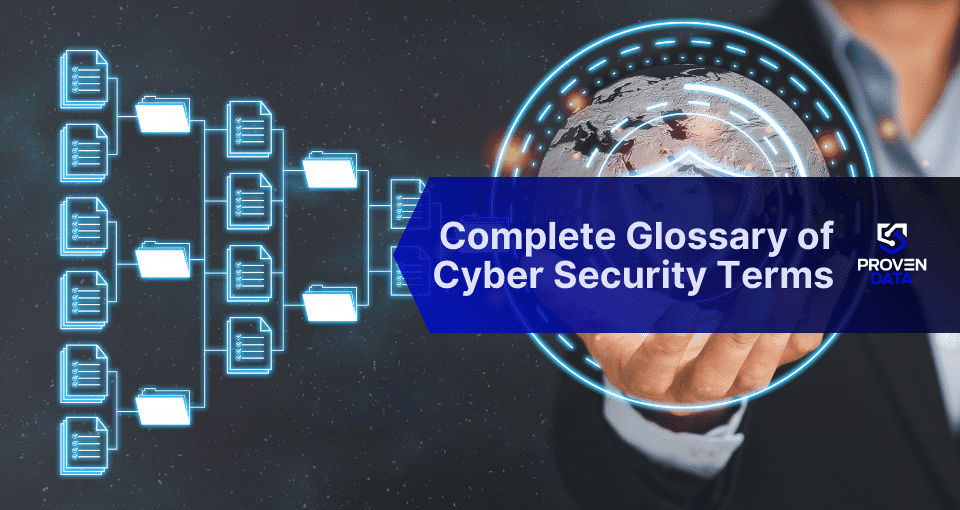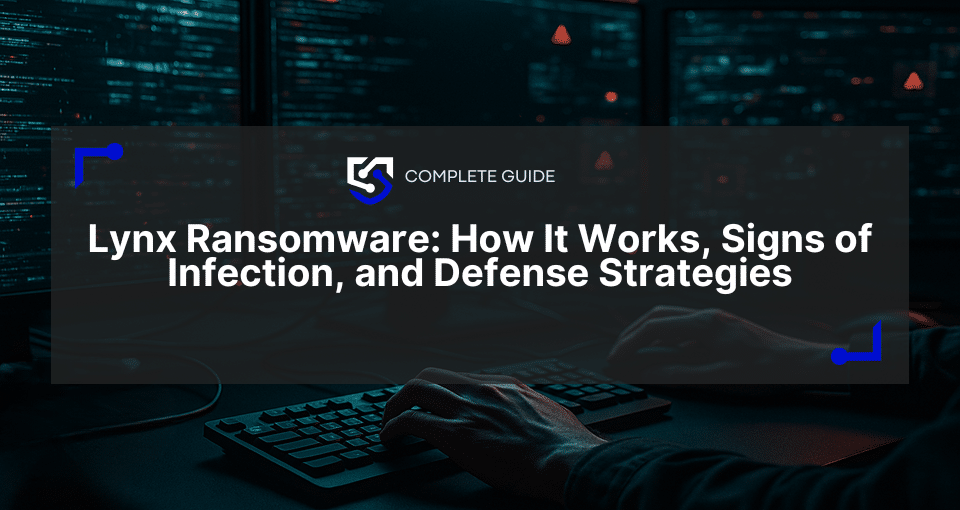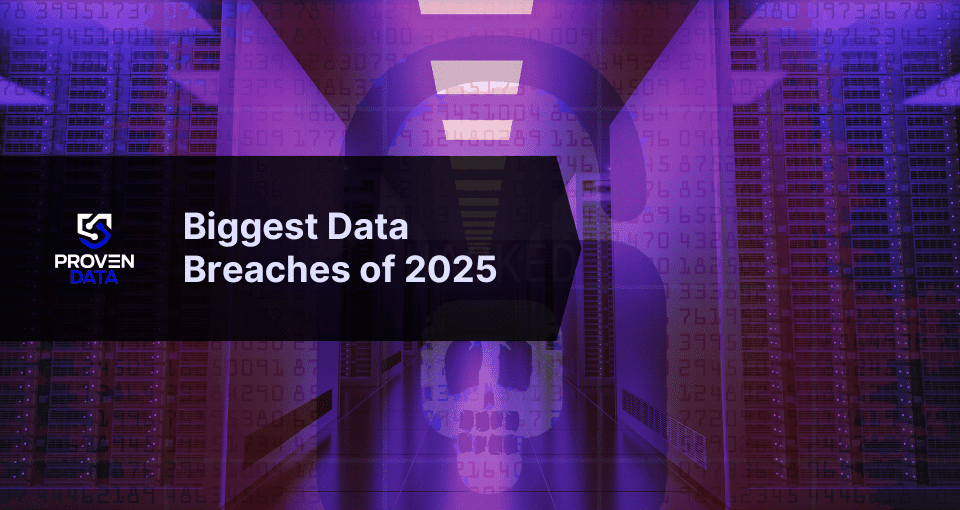Electronic discovery, or eDiscovery, is the process of identifying, collecting, and producing electronically stored information (ESI) in response to a request during litigation, investigations, or other legal proceedings. This information includes emails, documents, databases, social media content, and other forms of digital data.
The primary purpose of eDiscovery is to manage the discovery phase of litigation when the parties involved must exchange all relevant evidence. It ensures that digital information is preserved, collected, and presented in a legally defensible manner and useful for building a case.
For example, eDiscovery will collect and provide all relevant emails, instant messages, and documents related to the case for a company responding to a lawsuit. In a case involving alleged workplace harassment, the eDiscovery process might include retrieving and reviewing emails between the involved parties, chat logs from platforms like Slack, and relevant HR documents stored digitally.
Why is eDiscovery important?
Besides efficiently handling vast amounts of data and ensuring that digital evidence is preserved correctly, eDiscovery also provides a way to uncover metadata, revealing important details like the history and context of digital documents and enhancing the evidentiary value.
You may need eDiscovery services during the pre-trial phase of litigation. It ensures that all parties have access to relevant evidence, which promotes fairness and transparency in legal proceedings. eDiscovery is also essential in regulatory investigations, internal corporate investigations, and in responding to Freedom of Information Act (FOIA) requests.
This service helps investigate crimes, both virtual and in the physical world. From kidnappings to corporate espionage, eDiscovery investigators can access data from footage or log histories and gather necessary information for law enforcement.
How eDiscovery works
The eDiscovery process depends on the service provider and the type of service. Therefore, the following is not a rule but an overview of the process. However, most eDiscovery processes typically follows the Electronic Discovery Reference Model (EDRM), which includes several stages:
1. Information governance
Information governance involves managing Electronically Stored Information (ESI) proactively to mitigate costs and risks associated with litigation.
Effective governance includes policies, procedures, and technologies to ensure that ESI is organized, secure, and accessible.
The goal is to minimize unnecessary data storage and ensure compliance with regulatory requirements.
2. Identification
The identification stage involves determining where relevant data resides, including emails, databases, documents, social media, etc. The aim is to identify all possible locations where relevant information might be stored, considering both structured and unstructured data.
3. Preservation
Preservation ensures that data remains intact and unaltered throughout the eDiscovery process.
Once relevant sources of ESI are identified, the next step is to preserve this data to prevent alteration or deletion. Legal holds are often issued to notify custodians of their obligation to preserve relevant information.
4. Collection
Collection involves gathering ESI in a manner that maintains its integrity and authenticity. This step often requires forensic techniques to ensure that data is collected in a forensically sound manner, preserving metadata and documenting the chain of custody.
Proper collection methods prevent spoliation and ensure the data can be reliably used in legal proceedings.
5. Processing
During processing, the volume of collected ESI is reduced and converted into formats suitable for review. This step includes filtering out irrelevant data, de-duplicating, and indexing the remaining information.
6. Review
The review stage examines the processed ESI to identify relevant information and protect privileged content. This is often the most time-consuming part of eDiscovery.
Review tools and techniques, including advanced search algorithms and machine learning, are used to facilitate the identification of pertinent documents and ensure that privileged information is not inadvertently disclosed.
7. Analysis
Analysis goes beyond mere review to understand the context and significance of the ESI. It helps attorneys understand the facts of the case, identify key players, and develop legal strategies. This stage involves interpreting patterns, communication timelines, and metadata to uncover insights and build a narrative.
8. Production
In the production stage, relevant ESI is delivered to the requesting party in a specified format. This might involve converting data into standardized formats like PDF or TIFF or accessing native files.
Production must comply with legal requirements and agreements between parties regarding the format and scope of the data to be exchanged.
9. Presentation
Presentation involves displaying ESI in a clear and convincing manner in legal proceedings. This could include creating exhibits for trial, generating visual aids to explain data, or using specialized software to present complex data understandably.
How are digital forensics and eDiscovery different?
While digital forensics and eDiscovery involve digital data handling, eDiscovery focuses on the legal aspects of data preservation, collection, and production for litigation purposes. In contrast, digital forensics is more investigative, aiming to uncover and analyze digital evidence to answer specific questions, often in criminal cases. Digital forensics includes deeper data analysis, such as recovering deleted files and analyzing computer activity timelines, which may not always be part of eDiscovery.
Contact Proven Data forensics professionals to discuss your case and check which digital forensics area you need.







